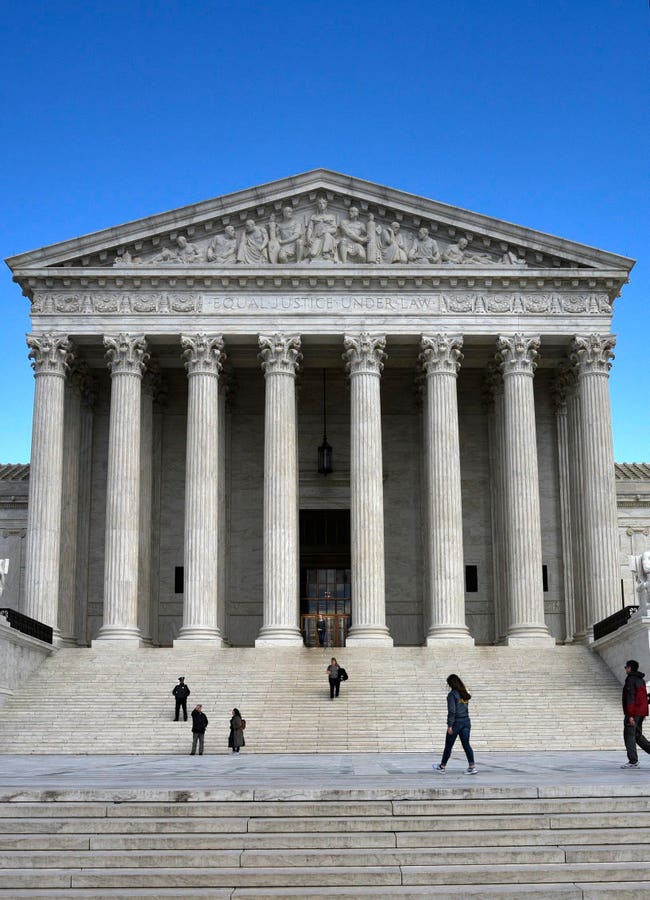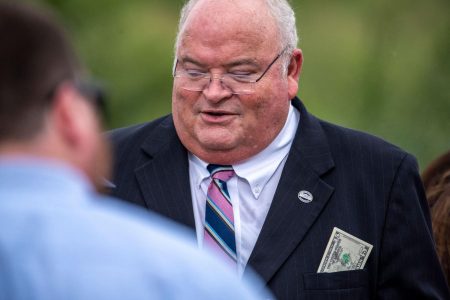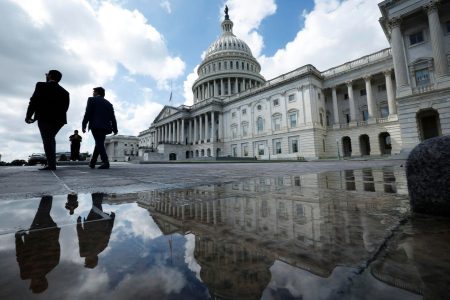The path settlement funds take from a defendant to a personal injury plaintiff can radically change how much the plaintiff keeps. Often, slowing settlement negotiations to plan that path, or convince defendants to cooperate, is impractical.
At those times, Qualified Settlement Funds (QSFs) can put plaintiffs on a far better path to maximize their control and value of any recovery. Fortunately for trial lawyers, QSFs are a simple and ethically compliant settlement planning tool.
Preserving Plaintiff Planning Options
Personal injury plaintiffs often receive their settlement as a lump sum. For many plaintiffs, this seems like a no brainer. But there’s a price to pay in opting for immediate funds, especially if the choice is made quickly.
Most settlement planning strategies increase the payout, cut taxes, or protect government benefits – sometimes all three. But those strategies are unavailable once funds are deposited by the plaintiff or their lawyer. Unfortunately, after negotiating a settlement amount, plaintiffs often execute the settlement agreement without talking to a settlement planner. As a result, they lose out. If the defendant is flexible, the settlement planner can recommend tax allocations, incorporate a structured settlement, and negotiate arrangements for more benefits, all before the settlement agreement is signed. Of course, defendants’ starting position is often uncooperative, and some strategies can delay settlement for too long.
For this reason, QSFs are being used more and more at settlement. Defendants make the settlement payment to the QSF, securing an immediate deduction and release of liability. And though funds are deposited in the QSF, plaintiffs in the case still have time for “settlement planning” and implementing solutions. Says Matt Meltzer, a tax lawyer at Flaster Greenberg P.C., “A plaintiff can implement a structured settlement with proceeds that have been transferred to a QSF, as long as the settlement agreement unequivocally restricts the plaintiff’s right to receive the proceeds before they are paid over. Logistically, proceeds are typically received directly by the QSF from either the defendant or the defendant’s insurer, although in some cases the defendant will first remit the proceeds to the plaintiff attorney for further disbursement to the QSF.”
Protecting Interest from IOLTAs and State Tax
Usually, a plaintiff lawyer receives and deposits client settlement funds in their firm’s registered Interest on Lawyer’s Trust Account (IOLTA). State bar rules typically require that they deposit client funds in their IOLTA or a registered Client Trust Account (CTA). If funds remain for some time in either type of account, for example, while liens are negotiated, plaintiffs lose out.
IOLTA funds earn interest. But that interest goes to the relevant state bar or its charitable organizations. Plaintiffs receive none of it. CTA funds earn interest too. While clients will receive that interest, they’re taxed on it, sometimes even before they receive it. Perhaps most importantly for those in high-tax states, that interest is subject to state income tax.
QSFs protect a plaintiffs’ right to interest and can avoid state taxation. That is, provided the QSF isn’t created in a state that taxes QSF earnings. California and Massachusetts have made clear that they do.
For this reason, some trust companies deliberately form QSFs in states that don’t tax QSFs. “We almost always form QSFs in Florida,” says Rachel McCrocklin, Chief Trust Officer at Eastern Point Trust Company. Eastern Point handles more QSFs annually than any other trust company.
Watching for Plaintiff Lawyer Ethics
Plaintiff lawyers’ ethical duties extend to their clients’ settlement proceeds whether they negotiate a lump sum settlement or structured settlement, and whether proceeds are paid to a QSF.
In negotiating a lump sum payment, and potentially foregoing their clients’ ability to effect settlement planning strategies, plaintiff lawyers should ensure that their clients know what they’re giving up. For example, this ALI-ABA article describes the trial lawyer’s duty to inform clients “about the options of structured settlements, trusts and the effect of the judgment or settlement on [each] client’s public benefits eligibility.”
In negotiating payment to a QSF, the lawyer should consider ABA Model Rule of Professional Conduct 1.15, which states that an attorney “shall hold property of clients” in a “separate account maintained in the state where the lawyer’s office is situated, or elsewhere with the consent of the client or third person.” California Rule of Professional Conduct 1.15 is more specific, requiring “funds received or held” by an attorney or firm to be deposited in an IOLTA or CTA.
Funds paid directly by the defendant to a QSF aren’t subject to either rule, says Kendra Basner, ethics attorney at O’Rielly & Roche LLP and President-Elect of the Association of Professional Responsibility Lawyers. “Recovery funds sent directly to a QSF are neither ‘received’ nor ‘held’ by the attorney. If the recovery check from the defendant is made out to the QSF or the plaintiff’s lawyer, and the lawyer has secured client consent to do so, the lawyer should immediately forward the check to the QSF and notify their client in writing that they did so.” Securing the client’s consent to use the QSF typically happens long before the recovery check is issued.
Another potential ethical pitfall for attorneys in using QSFs is how interest is shared. Of course, there’s no ethical issue if the interest goes to pay QSF fees, or is distributed entirely to the plaintiffs. “Splitting the interest between the attorney and client based on their shares in the attorney-client fee agreement may work too,” says Basner. However, some attorneys arrange to receive 100% of the interest. In a situation where the lawyer negotiates to receive any interest from the QSF, Basner notes, “The total recovery received by the attorney cannot be an unconscionable or illegal fee, and it’s critical for the attorney to secure their client’s informed, written consent to this arrangement to comply with Rules 1.5 and 1.8 (CRPC, Rule 1.8.1) as necessary.”
Conclusion
QSFs often provide an effective path for the money personal injury plaintiffs receive. When established in the right jurisdictions, plaintiffs can use them to buy more time for their settlement planning strategies, maximize interest received, and reduce taxes.
Read the full article here










